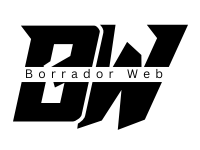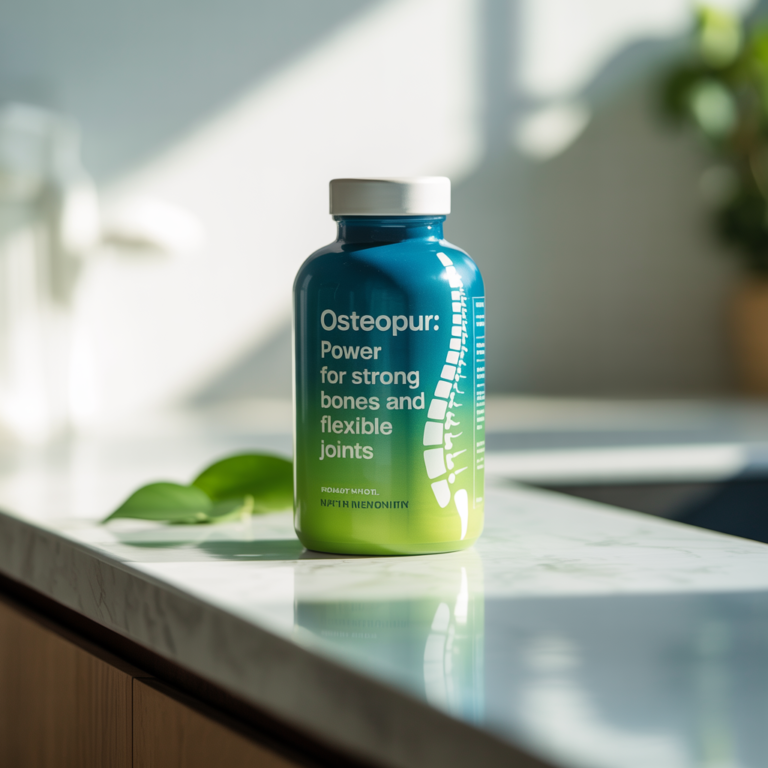
In today’s fast-paced business environment, efficiency and consistency are key to maintaining quality and reliability. That’s where the Standard Operating Protocol (SOP) — known in Portuguese as Protocolo Operacional Padrão (POP) — comes into play.
An SOP is a detailed document that outlines step-by-step instructions for performing routine tasks within an organization. Its main goal is to ensure that activities are carried out consistently, efficiently, and safely, no matter who performs them.
What Is a Standard Operating Protocol (SOP)?
A Standard Operating Protocol serves as a structured guide that defines exactly how a task should be completed. It standardizes daily operations so that employees can follow a uniform method of working. This not only maintains quality but also reduces confusion and errors.
In simple terms, an SOP is a blueprint for excellence. Whether it’s cleaning machinery in a factory, managing patient records in a hospital, or handling customer inquiries in a business, an SOP ensures that everyone follows the same process every time.
Why SOPs Matter
-
Consistency Across Operations
One of the biggest advantages of having a Standard Operating Protocol is the consistency it brings. When every employee performs a task the same way, the results become predictable and reliable. -
Efficiency and Time Management
SOPs streamline processes by removing guesswork. Employees spend less time figuring out what to do and more time getting things done. This improves productivity and overall efficiency. -
Quality Assurance
SOPs help organizations maintain high standards of quality. When procedures are clearly documented and followed, products and services meet the same level of excellence every time. -
Training and Onboarding
A well-written SOP serves as a training manual for new employees. Instead of relying solely on verbal instructions, new team members can refer to the SOP to understand the correct procedures. -
Safety and Compliance
In industries like healthcare, manufacturing, or laboratories, safety is paramount. SOPs ensure that all actions are performed according to regulatory standards, reducing the risk of accidents and non-compliance penalties. -
Accountability and Transparency
Since SOPs define who is responsible for each step of a process, they make it easier to track performance, identify mistakes, and improve accountability within the organization.
Key Elements of a Standard Operating Protocol
A well-designed SOP should be clear, concise, and practical. Here are the main components that make an effective SOP:
-
Title and Purpose: Clearly state what the SOP covers and why it exists.
-
Scope: Define where and when the procedure applies, including the departments or teams involved.
-
Responsibilities: Specify who is responsible for executing, supervising, and verifying the process.
-
Required Materials and Tools: List all necessary equipment, materials, or software needed to complete the task.
-
Step-by-Step Instructions: Outline each step in logical order. Use short, direct sentences to minimize ambiguity.
-
Safety and Precautionary Measures: Include warnings, hazards, and safety requirements related to the task.
-
Documentation and Records: Explain what information should be recorded and how to store it for auditing purposes.
-
Revision History: Keep a record of updates to ensure the SOP stays current and accurate.
How to Create an Effective SOP
-
Identify the Process
Begin by selecting the process that needs standardization. Focus on tasks that are repeated frequently or critical to quality and safety. -
Gather Information
Involve employees who perform the task daily. Their insights are essential for capturing realistic steps and common challenges. -
Write the Draft
Use simple, action-oriented language. Each step should start with a verb, such as inspect, record, clean, or verify. -
Review and Test
Have other employees test the SOP to ensure it’s easy to follow and free of confusion. Adjust based on feedback. -
Train Staff
Before implementation, train all employees who will use the SOP. Make sure they understand the purpose and importance of following it correctly. -
Implement and Monitor
Once the SOP is officially adopted, monitor its effectiveness. Track metrics such as error rates, time efficiency, or compliance levels. -
Update Regularly
Processes evolve over time. Review and update the SOP periodically to reflect new technologies, regulations, or workflow changes.
Benefits Across Different Industries
1. Manufacturing
SOPs help standardize production lines, ensuring product consistency, quality control, and workplace safety.
2. Healthcare
In hospitals and clinics, SOPs guide medical staff on patient care, hygiene, record keeping, and emergency procedures, reducing the risk of errors.
3. Food and Beverage
SOPs are crucial for maintaining hygiene standards, food safety, and regulatory compliance. They define how to handle ingredients, sanitize equipment, and prevent contamination.
4. Information Technology (IT)
In IT operations, SOPs detail how to handle system backups, cybersecurity protocols, and technical support requests — ensuring data integrity and security.
5. Education and Public Administration
Schools and government offices use SOPs to standardize administrative tasks, record management, and communication processes.
6. Research and Laboratories
SOPs ensure experiments are reproducible and results are reliable by defining specific methods for data collection, analysis, and reporting.
Common Mistakes to Avoid
-
Too Much Complexity: SOPs should be straightforward. Overly technical language can confuse employees.
-
Lack of Training: Even the best SOPs fail if staff aren’t properly trained to follow them.
-
Ignoring Updates: Outdated SOPs can lead to inefficiency or non-compliance.
-
One-Size-Fits-All Approach: Customize each SOP according to the specific department or process — what works in production may not work in administration.
The Future of SOPs: Going Digital
Modern businesses are moving toward digital SOP management systems. These platforms store all SOPs in a central location, allowing quick access, version control, and digital signatures. This makes implementation faster and auditing more reliable.
Automation tools and AI can even help monitor compliance, send reminders, and identify process bottlenecks, bringing SOP management into the era of smart operations.
Final Thoughts
A Standard Operating Protocol is more than just a document — it’s a foundation for operational excellence. By setting clear expectations, defining consistent processes, and promoting safety, SOPs empower organizations to work smarter and more effectively.
Whether you’re running a small business or a global enterprise, well-crafted SOPs ensure that your team performs each task with the same level of precision and care. In an increasingly competitive world, consistency and quality aren’t just advantages — they’re necessities.






